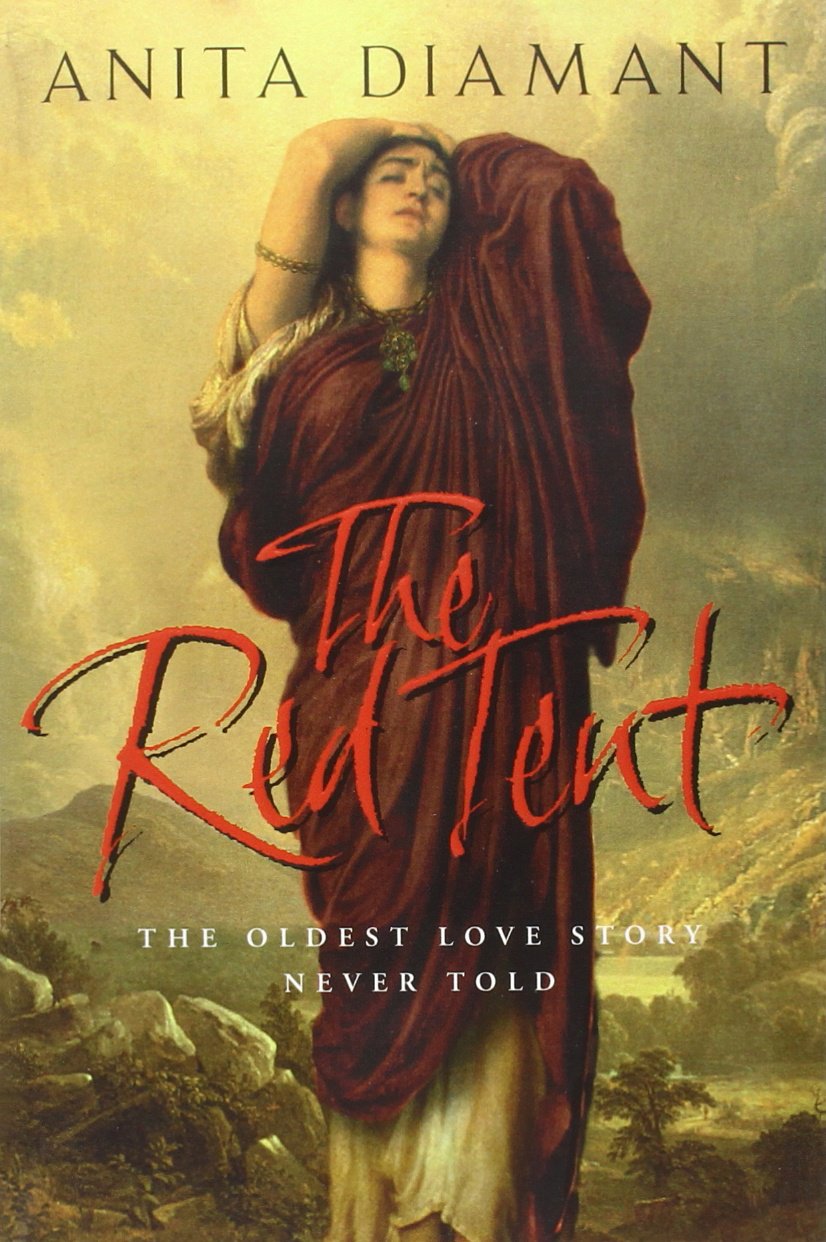
In both cases, the books were accompanied by letters of endorsement from the organizations’ presidents, both personal friends of Diamant.įrom there, word about “The Red Tent” spread. Another batch went to members of the Reconstructionist Rabbinic Assembly. Still, the publisher was planning to destroy (or “pulp”) some remaining hardcover copies.Īt that point, Diamant had an idea: Why not ship the books directly to select groups of readers? The publisher agreed, and several copies went to members of the Women’s Rabbinic Network, a group of women in the Reform rabbinate. The novel sold reasonably well for a debut and subsequently was issued in paperback. Martin’s Press, and Diamant received a modest advance. In Diamant’s book, the Dinah narrative expands, revealing a fuller, fictionalized understanding of her life - as well as a powerful portrait of ancient feminine community and experience.Īlongside her work on other writing projects, Diamant spent about three years drafting “The Red Tent.” Eventually it sold to St.

The novel, Diamant recalled, seemed to strike people as “a weird idea.”ĭinah receives only brief attention in the Bible, and her story is a violent one.


 0 kommentar(er)
0 kommentar(er)
